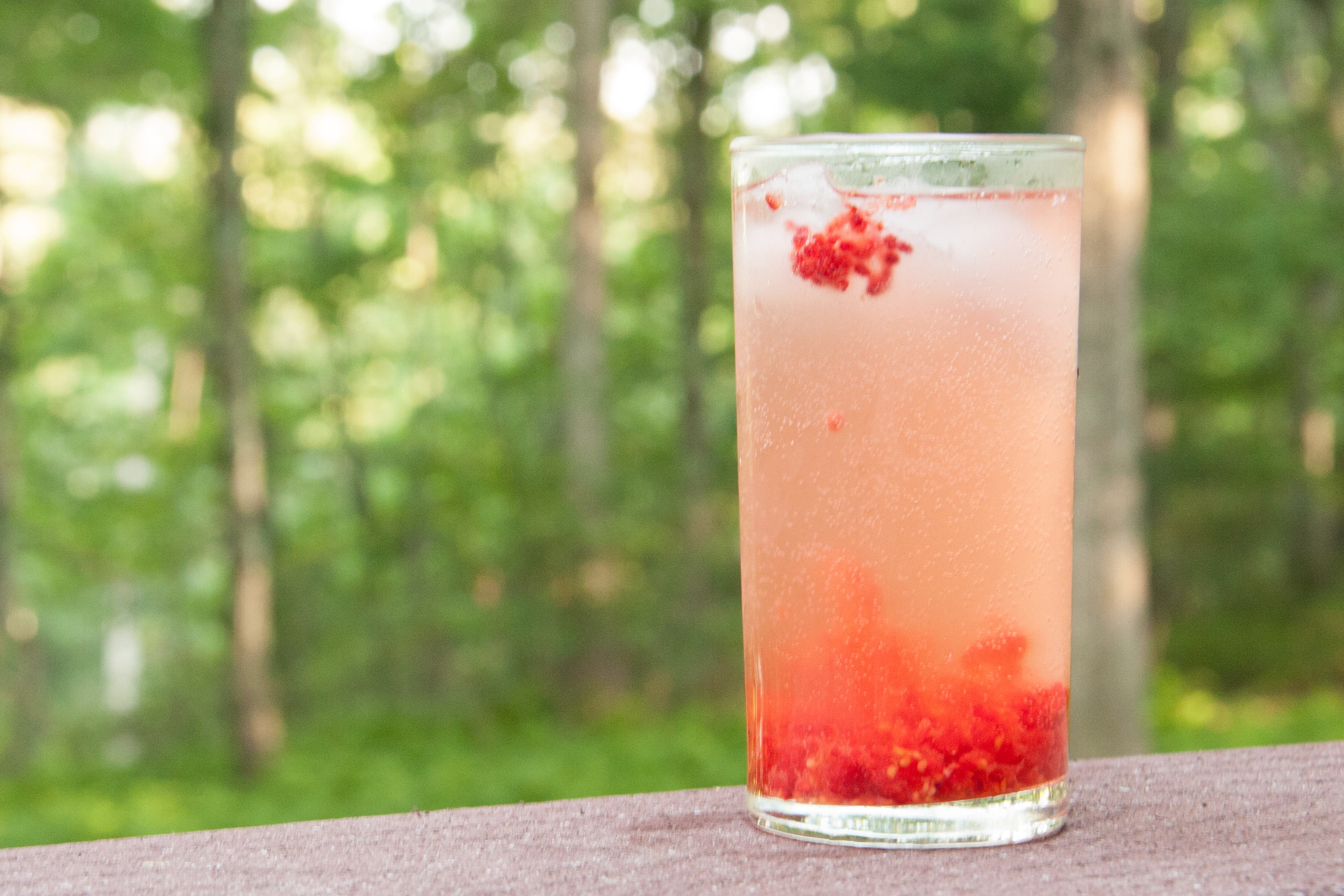Wineberry season happens to coincide with the birthday of a very dear friend, so I named this wildcrafted cocktail after her. It combines the vivid beauty and flavor of wineberries (fresh or frozen) with the more delicate color and taste of elderflowers. Finish it off with your favorite clear spirit. Mine is The Botanist Gin.
Wineberries, aka Rubus phoenicolasius
Why don’t more people know about wineberries? Everyone recognizes raspberries, and most people know a black raspberry when they see one, but tell someone you harvest wineberries and you get a blank stare. Like its more famous cousins, the wineberry (Rubus phoenicolasius) is a bramble berry. It ripens slightly later than raspberries and black raspberries. Where I forage, it bridges…
Read More
The Cocktail Hour: Foraged & Farmed
If you’re going to be on the Cape at the end of this month, consider joining me and C.L. Fornari for a special cocktail garden event on Sunday, August 27th. Want to know more? Download a printable pdf here.
How to Make Your Own Foraged Spice Cabinet
When it’s time for me to cook or bake something really special, I look through my foraged spice cabinet. I don’t do this for just anybody. Foraged herbs and spices take time and effort to gather, and I only use them when I’m cooking for someone I think will appreciate their specialness.
Pennsylvania Bay Leaf, aka Myrica pensylvanica, aka Northern bayberry
Let me start by saying that Myrica pensylvanica is not a misspelling. (Yes, I’m a bad speller, but I looked this one up.) I don’t know why the botanical name is spelled with only one n when the state is spelled with two, but whoever made that mistake made it a long time ago and taxonomists are not going to…
Read More



